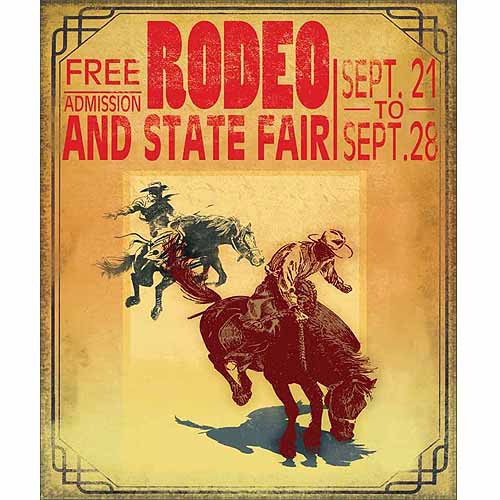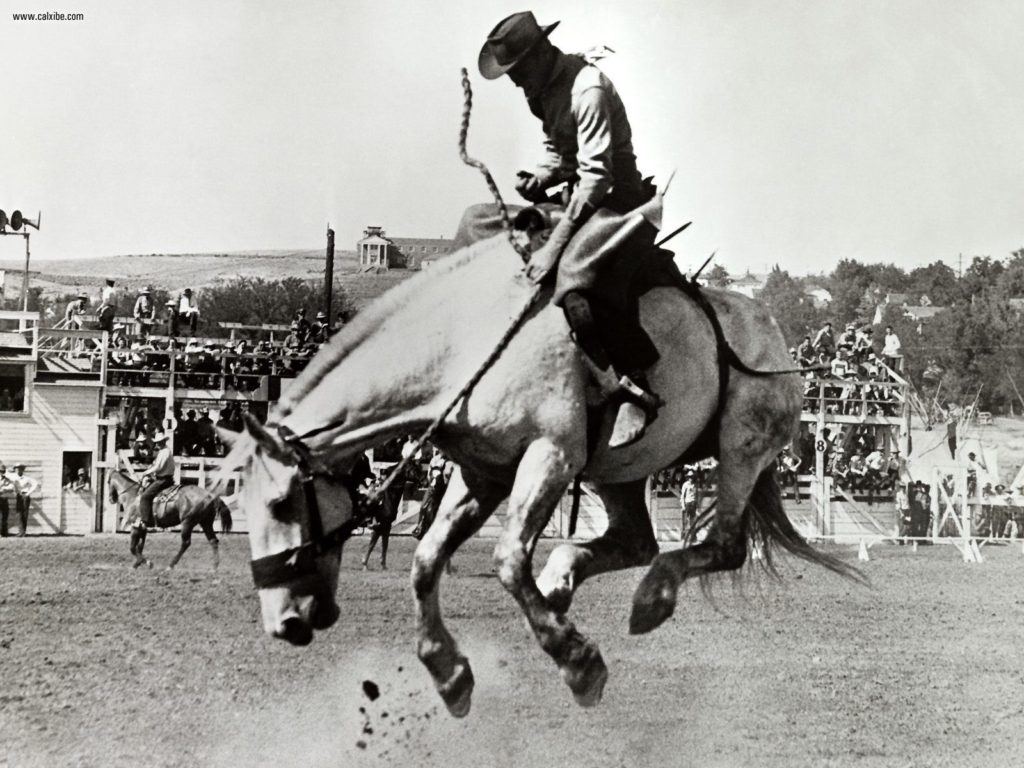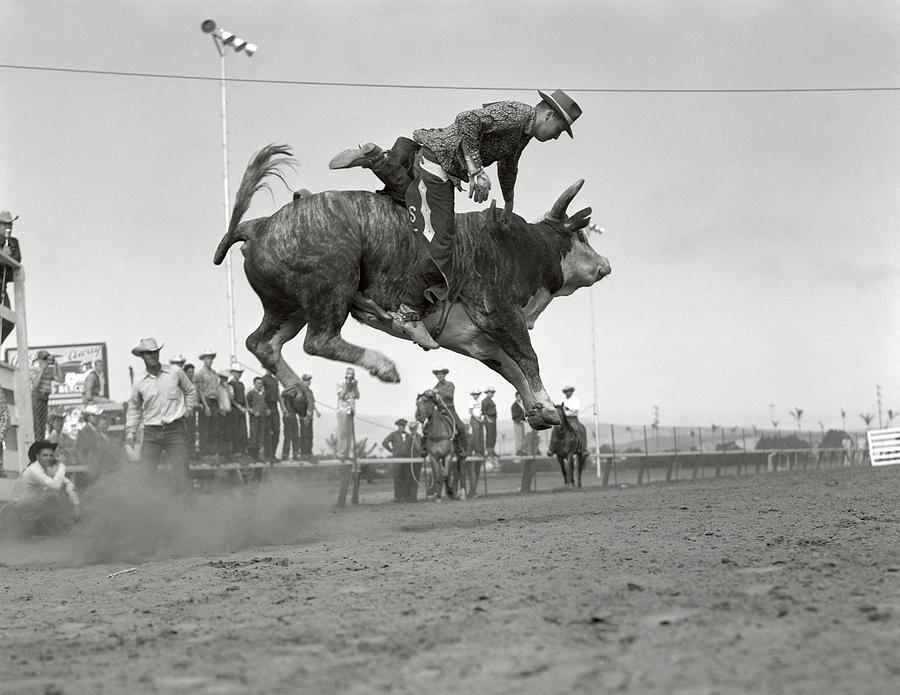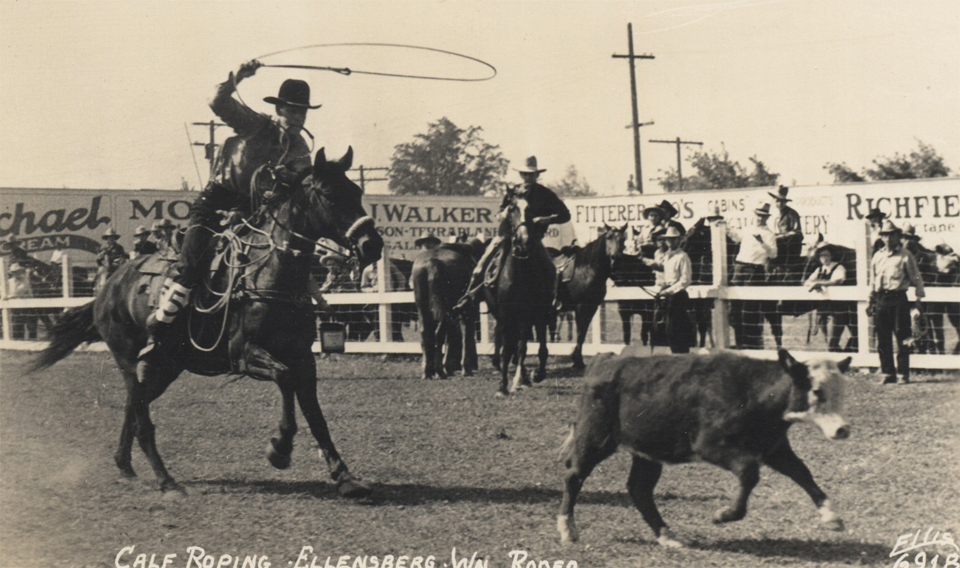“His eyes are cold and restless
And his wounds have almost healed
And she’d give half of Texas
Just to change the way he feels
“’Cause she knows his love’s in Tulsa
And she knows he’s gonna go
But it ain’t no woman flesh and blood
It’s that damned old rodeo” – Rodeo (Larry Bastian) © Sony/ATV Music
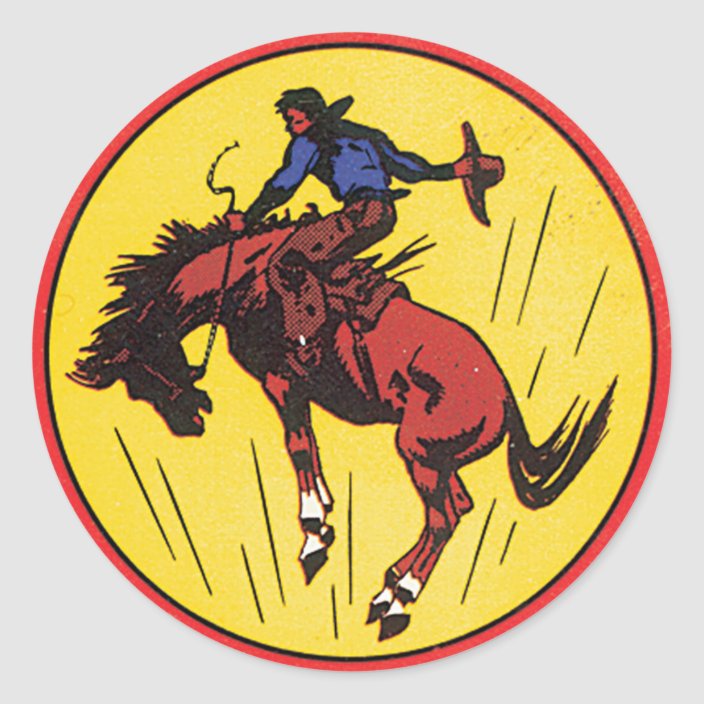
ro·de·o / ‘rō dēō, rōˈdāō/ noun: rodeo; plural noun: rodeos
- an exhibition or contest in which cowboys show their skill at riding broncos, roping calves, wrestling steers, etc.
- a roundup of cattle on a ranch for branding, counting, etc.
The American English word “rodeo” comes directly from the Spanish rodeo, which roughly translates into English as “round up”. Thus, the first rodeos in America were more akin with entry #2 in the above definitions, before evolving into definition #1.

While rodeo as we know it today may exist to preserve the cowboy customs of the wild American west, it is in fact based upon the traditions of Mexican ranchers and ranch hands – the vaqueros. The charreada is a competitive event similar to rodeo and sprang from the ranching customs of vaqueros on the haciendas and ranchos of old Mexico, who themselves were carrying on the practices brought to the New World by sixteenth-century Spanish conquistadors.
Bull wrestling was one of those practices brought by Spain to the New World and had been a tradition throughout the Mediterranean region for thousands of years. The Minoans of Crete practiced bull jumping, bull riding, and bull wrestling, and it is even believed that bull wrestling may have been one of the Olympic events as staged by the ancient Greeks.

Rodeo as an American entity began evolving after the Texas Revolution and the Mexican-American War when Anglo cowboys learned the skills, attire, and vocabulary of the vaqueros. Rodeo was not originally a sporting event, but a fundamental aspect of cattle-ranching in areas of Spanish influence. The working rodeo was requisite enough to the business of ranching as to merit legal status in California:
“An Act to Regulate Rodeos (April 3, 1851)…Every owner of a stock farm shall be obliged to give, yearly, one general Rodeo, within the limits of his farm, from the first day of April until the thirty-first day of July, in the counties of San Luis Obispo, Santa Barbara, and San Diego; and in the remaining counties, from the first day of March until the thirty-first day of August…in order that parties interested may meet, for the purpose of separating their respective cattle.”
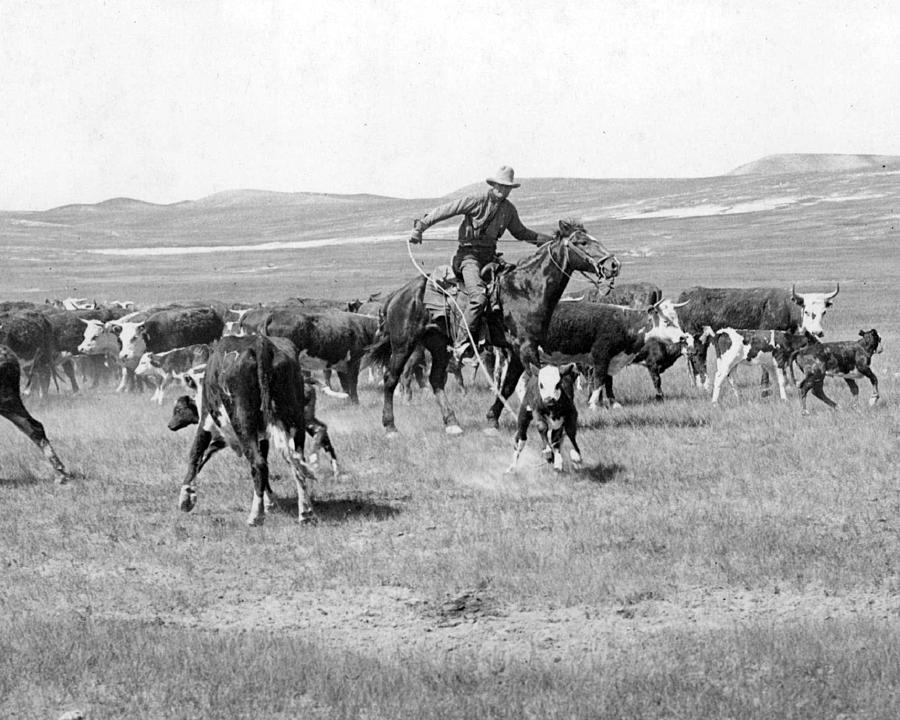
One of these California working rodeos, held in 1858 in Los Angeles County, was described by businessman and historian, Harris Newmark:
“The third week in February witnessed one of the most interesting gatherings of rancheros characteristic of Southern California life I have ever seen. It was a typical rodeo, lasting two or three days, for the separating and regrouping of cattle and horses . . . Under the direction of a Judge of the Plains [the cattle] were examined, parted and branded, or re-branded, with hot irons impressing a mark duly registered at the Court House and protected by the County Recorder’s certificate.
“Never have I seen finer horsemanship than was there displayed by those whose task it was to pursue the animal and throw the lasso around the head or leg; and as often as most of those present had probably seen the feat performed, great was their enthusiasm when each vaquero brought down his victim. Among the guests were most of the rancheros of wealth and note, together with their attendants . . .”
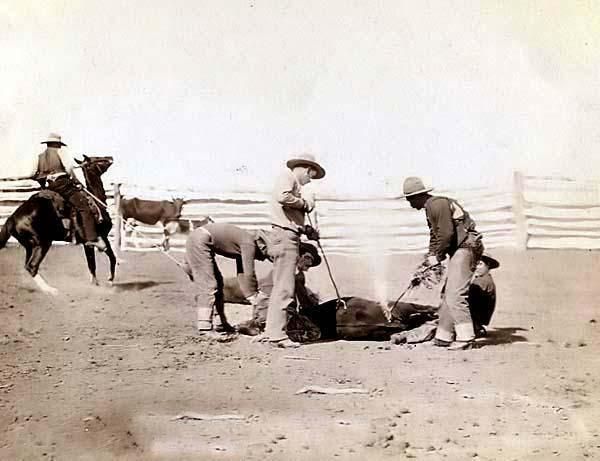
But this is not the rodeo of which Garth Brooks sings!
“She does her best to hold him
When his love comes to call
But his need for it controls him
And her back’s against the wall
“And it’s ‘So long girl, I’ll see you.’
When it’s time for him to go
You know the woman wants her cowboy
Like he wants his rodeo” – Rodeo (Larry Bastian)
While it is not surprising that cowboys would be compelled to show off their particular skills or to compete for bragging rights as to who skills were greater, there are some differing opinions as to where and when competitive rodeo emerged as an organized event. Some sources claim that modern competitive rodeo began in 1869 when two groups of cowboys from neighboring ranches met in Deer Trail, Colorado, to settle a dispute over who was the best at performing everyday cowboy tasks, including breaking wild horses to ride for ranch work – a common cowboy task that evolved into rodeo’s saddle bronc riding event. Other locales laying claim to holding the first rodeos include Cheyenne, Wyoming, in 1872, and Winfield, Kansas, in 1882.
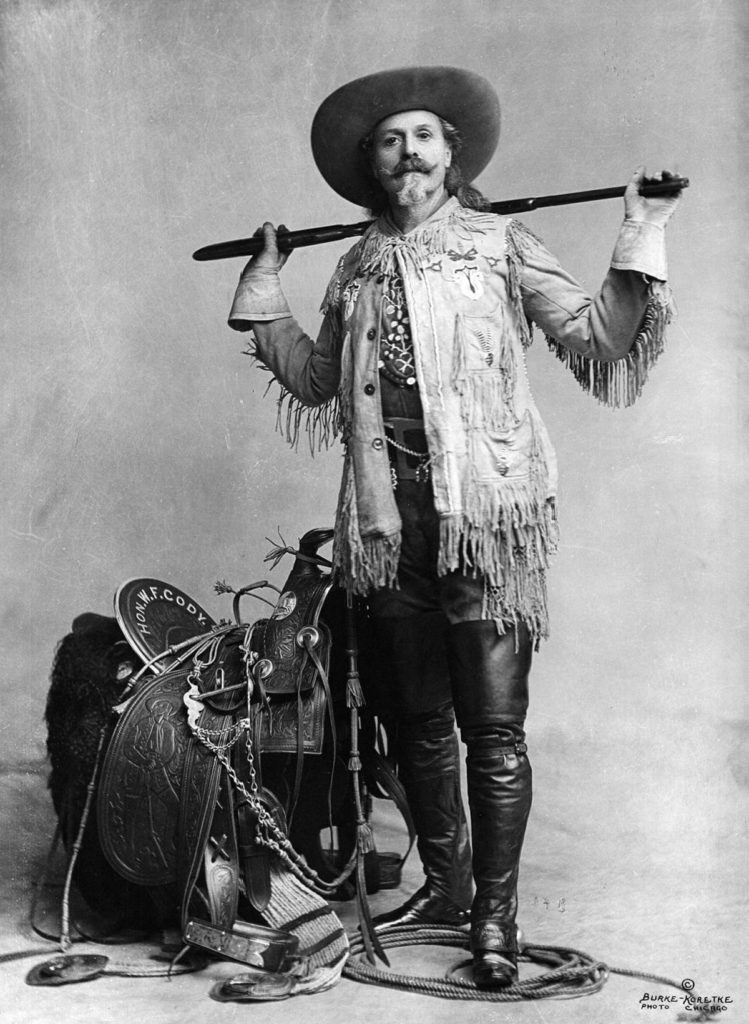
As part of an 1883 Fourth of July celebration in North Platte, Nebraska, William “Buffalo Bill” Cody organized an outdoor spectacle which he called the “Wild West, Rocky Mountain, and Prairie Exhibition.” Due to the endeavor’s commercial success, Cody was soon on the road with a traveling version of the show now known as “Buffalo Bill’s Wild West.” Though the show did include trick riding and roping displays by men and eventually women, this was primarily staged entertainment, and local entrepreneurs were left to organize and execute competitive rodeo events.
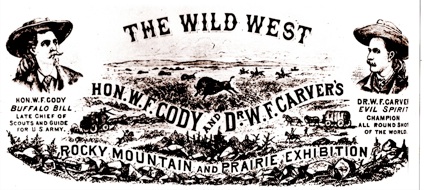
For decades Wild West shows and competitive rodeos existed together, with both entities employing many of the same performers. But gradually, in the waning days of America’s Wild West, as the nineteenth-century drew to a close, rodeo began to assume its own identity; something more closely related to the rodeo we recognize today.
“It’ll drive a cowboy crazy
It’ll drive the man insane
And he’ll sell off everything he owns
Just to pay to play the game
“And a broken home and some broken bones
Is all he’ll have to show
For all the years that he spent chasin’
This dream they call rodeo” – Rodeo (Larry Bastian)
Up to the 1920s, there remained no official designation for organized cowboy sports, with the term rodeo being used only occasionally. From the 1880s through the early twentieth-century descriptors such as frontier days, stampedes and cowboy contests were most commonly used. And as there was no national or international governing body overseeing the competitions, even the individual events were not standardized.
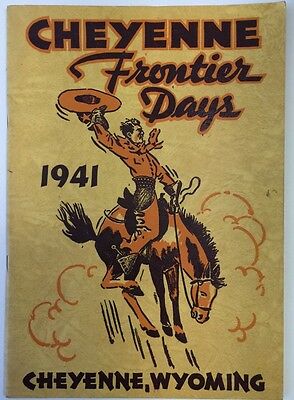
Cheyenne Frontier Days, first held in 1897 and continuing through today, was, and still is widely regarded as the premier celebration of cowboy sports. Until 1922, cowboys and cowgirls who won at Cheyenne were considered the world’s champions.
In 1929 the Rodeo Association of America, an affiliation of managers and event producers, was formed to regulate competitions, and standardize rules and events. However, it was not until 1936, following a strike at the Boston Garden Rodeo, that the cowboy competitors themselves would finally organize into a coalition that they originally called the Cowboys’ Turtle Association (CTA). They chose the name “turtles” because they had been so slow to act on establishing a confederation for themselves, but had finally stuck their necks out for their cause.
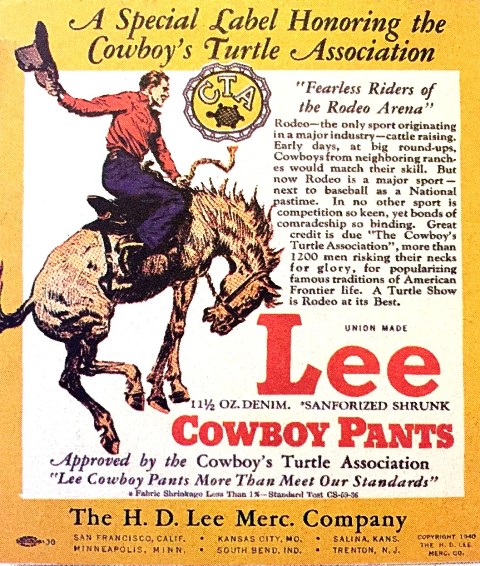
In 1945, the “Turtles” became the Rodeo Cowboys Association (RCA), and in 1975 that group evolved into the Professional Rodeo Cowboys Association, which today is the oldest and largest rodeo-sanctioning body in the world, whose rules have been accepted by most rodeos. The PRCA is headquartered in Colorado Springs, Colorado, where you can also find the ProRodeo Hall of Fame and Museum of the American Cowboy.
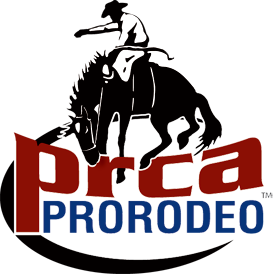
The PRCA has a membership of more than seven thousand, of which approximately 5,100 are contestants. The organization sanctions over 600 competitive events each year. In 2013, $39.6 million was paid out in prize money at PRCA rodeos, and ProRodeo is telecast to more than 50 million households.
“Well, it’s bulls and blood
It’s dust and mud
It’s the roar of a Sunday crowd
It’s the white in them knuckles
The gold in the buckle
He’ll win the next go ’round
“It’s boots and chaps
It’s cowboy hats
It’s spurs and latigo
It’s the ropes and the reins, and the joy and the pain
And they call the thing rodeo” – Rodeo (Larry Bastian)
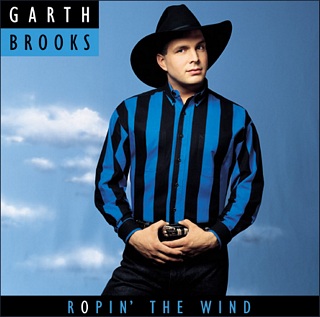
Ropin’ the Wind was the third studio album from country singer Garth Brooks. Released on the Capitol Records Nashville label in September 1991, it was Brooks’ first album to debut at #1 on both the Billboard 200 chart and Top Country Albums chart. It was the first album by a country singer to top both of these charts since Kenny Rogers accomplished the same feat just over a decade earlier. Between September ’91 and April ’92, Ropin’ the Wind would occupy the top spot on the charts four different times, spending a combined 18 weeks at #1. In 1998 the album was certified 14x Platinum by the RIAA.

“Rodeo”, a song written by Larry Bastian, was released in August 1991 as the first single from Ropin’ the Wind. The song peaked at number three on the U.S. country chart and reached number-one on the Canadian country chart. In the liner notes for his collection The Hits, Brooks makes the following comments about the song:
“The song ‘Rodeo’ was originally titled ‘Miss Rodeo.’ It was a female song, where the artist sang about how she could not compete with the sport of rodeo. I tried to get every female I know in the industry to cut this song. When the last told me she just didn’t hear it, I began to wonder if that meant I was supposed to do something with it. This song was recorded in 1981 as a demo, and for ten years, it sat silent. We got a hold of it, and the band’s version of it just stunned me. This song has always been a favorite live, and I hope as long as I get to play live, this will always be on the list.”
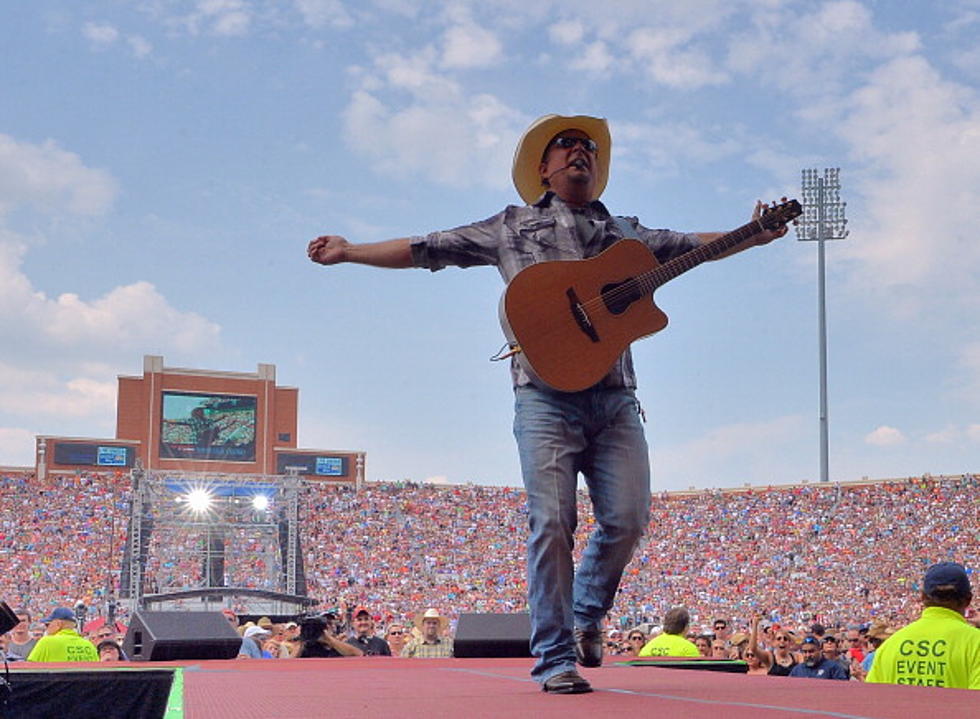
In a televised special from 1995, Brooks mentioned that he tried in vain to convince Trisha Yearwood to record “Rodeo”, but she told him that being from Georgia she just didn’t understand the song, and she eventually convinced him to record it himself. Nearly thirty years later who could imagine anyone else singing the song that has become identified as one of Brooks’ classic tracks.
“It’s the broncs and the blood
It’s the steers and the mud
And they call the thing rodeooooo . . .
Bwow wow!” – Rodeo (Larry Bastian)
Author’s note: This post is in no way a comprehensive study of the “dream they call rodeo”, but I tried to hit the salient points of its evolution from a literal “round-up” of cattle & livestock to the commercially sponsored & internationally broadcast professional sport it is today. With a list of prospective “rodeo” songs from artists such as George Strait, Chris LeDoux, Suzy Bogguss, Vince Gill & Garth Brooks, expect a few more posts on this beloved American pastime. Stay tuned, cowboys & cowgirls!
Sources:
https://en.wikipedia.org/wiki/Rodeo
https://en.wikipedia.org/wiki/Charreada
https://en.wikipedia.org/wiki/History_of_rodeo
https://www.prorodeo.com/prorodeo/rodeo/history-of-the-prca
https://www.britannica.com/sports/rodeo-sport
https://en.wikipedia.org/wiki/Rodeo_(Garth_Brooks_song)
All photos sourced through internet searches, none belong to the author
